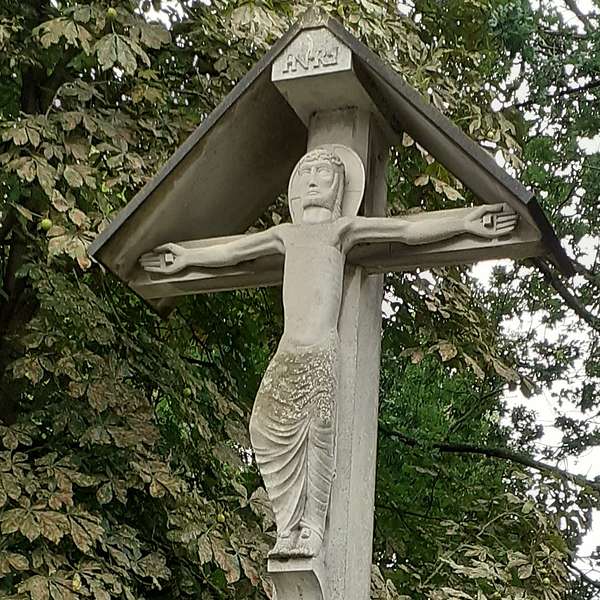
In the Shadow of the Abbey
In the Shadow of the Abbey
The War Years; 1919: Victory and Peace at Last
Victory, remembering the sacrifices made by local families, another change at the school, finance and War Savings, no dances at the Institute, an April blizzard.
The War news was positive by May 1919; “From July to November came the unbroken record of successes in the war. During those months the British Armies took 188,700 prisoners and 2,840 guns. On November 11th – a date long to be remembered – came the news that the war was ended.
“In our rejoicing however we have always in mind the sacrifices and the sorrows which have fallen on all and on some families with special severity. Mr and Mrs Bennett lost two of their sons, Charles and Frederick, and Sidney, one of our youngest soldiers, was severely wounded on April 14th 1918. Arthur Talbot another of our youngest soldiers was killed in action on Sept 1st. George Brooks also who died at Salonika, although living at Hurley, was really a Bishamite.”
Mrs Kelly inscribed some of the names on the Cross designed by Eric Gill, the controversial Art and Crafts sculptor and typographer, to stand on the corner where the road branches to Temple, in memory of her brother Septimus, who was killed in action on November 13, 1916.
During the War the Abbey had been offered as a convalescent hospital for wounded Canadian and Belgian soldiers run by Lady Florence (covered in a BBC programme) and her VAD nurses. Lady Florence’s Vansittart Neale also recorded events in her diary including the progress of her daughter Phyllis who had a severe attack of influenza.(full story in the Influenza Strikes episode)
Unfortunately Mr Crook, the schoolmaster and Parish Clerk, suffered a return of the illness from which he suffered after serving in the Army. His doctor advised him to give up school work, so a new master was required after less than a year and of course that naturally meant losing Mrs Crook too.
The school managers fund reports balanced expenditure of £32 – 10 – 6 for the year. This included £2-2-6 for prizes however the cost of insurance was due to rise to £5,000 from £3-13-9. Income from the education committee provided only 3-2-0, parents paid £2-14-0 and Mrs Owen Williams of Temple House gave £3-3-0. The sale of Needlework made by the pupils raised £1-16-7, against to the cost of materials of twice that. To give some context the cost of producing the parish report was £2-18-6, the choir boys were paid £7-7-9 and the coal club spent £9-12-6. It is clear that at this time much of the funding of village activities came from donations from the ‘well to do’ residents.
The Institute was kept open during the war but no dances etc. were held and members’ subscriptions were few. “Consequently £13 or £14 was found to be owing to the treasurer although Mrs and Miss Harding had saved the Club several pounds by their work and by providing wood for the fires. Sir Henry kindly gave £4 to help out and Captain Kelly £5.
The rainfall for 1918 was recorded as 26 inches with September and July being very wet (5”each) and the first 3 months of 1919 giving 10 inches. “April was persistently cold with a blizzard on Sunday April 27th which reminded us of a similar one April 25th 1908
“We greet you, brothers, to the nobler strife
Of building up the newer larger life” John Oxenden 1902 Thank God for Peace
Artwork is the Eric Gill designed memorial cross in Bisham.
Revd Farrer is voiced by Nigel Greenwich, Lady Vansittart Neale by Shirley Jenkins Pandya and the Narrator is Sheila Featherstone-Clark who devised the series.